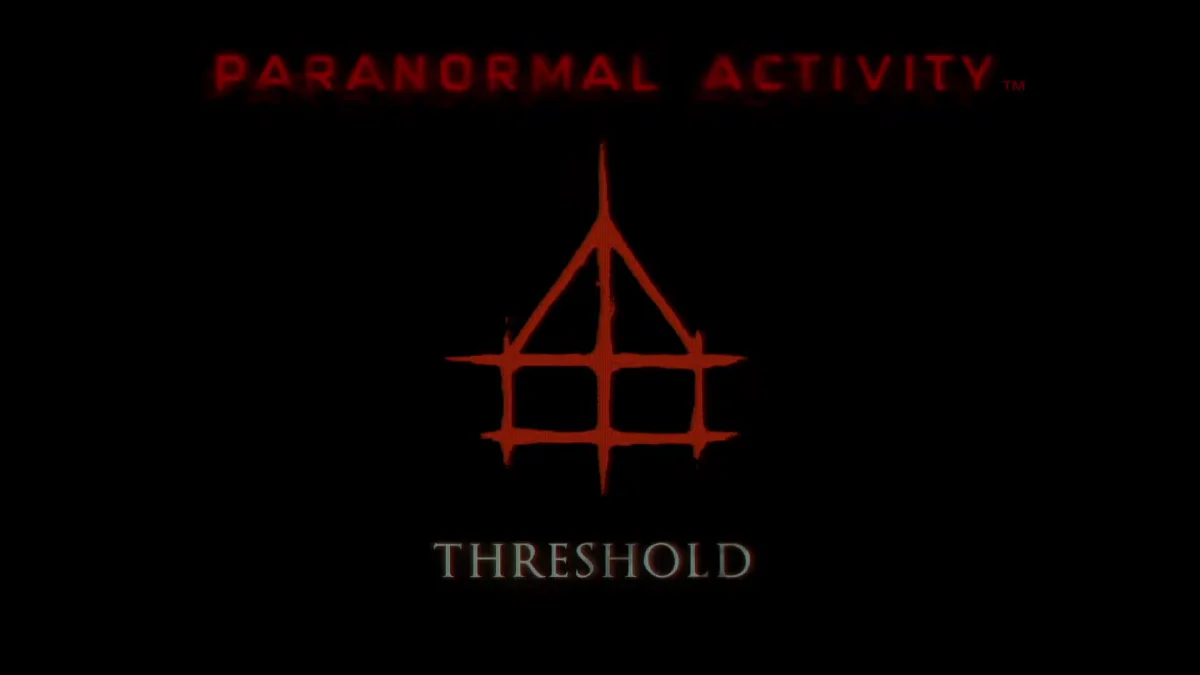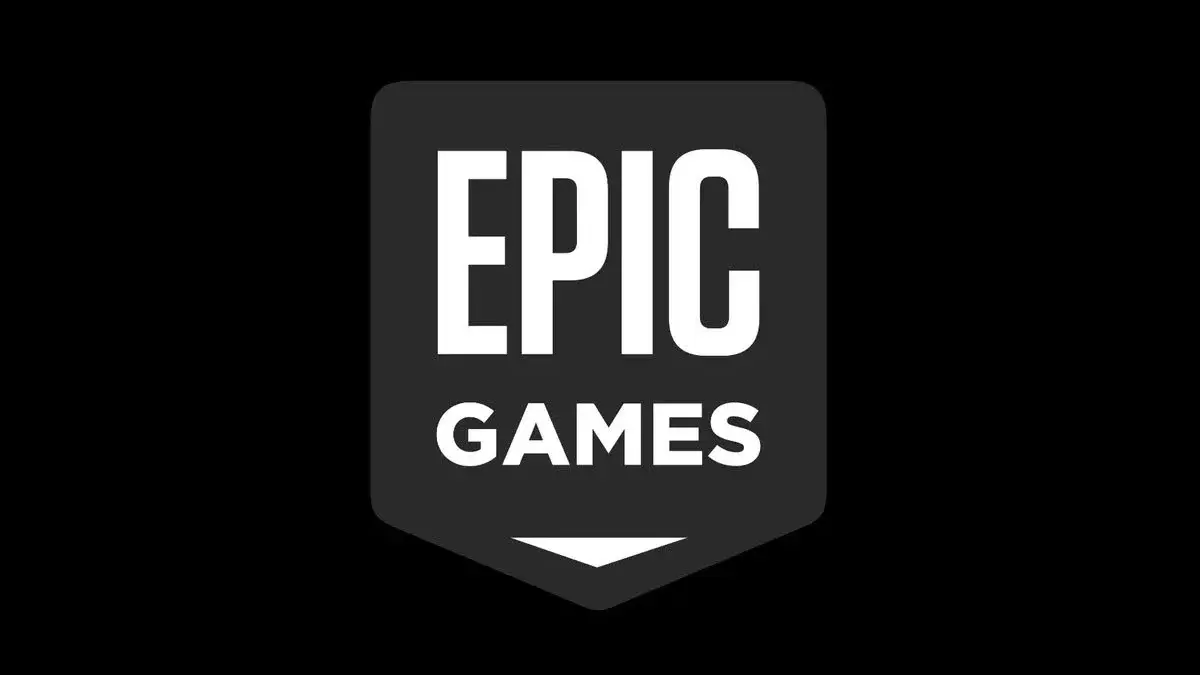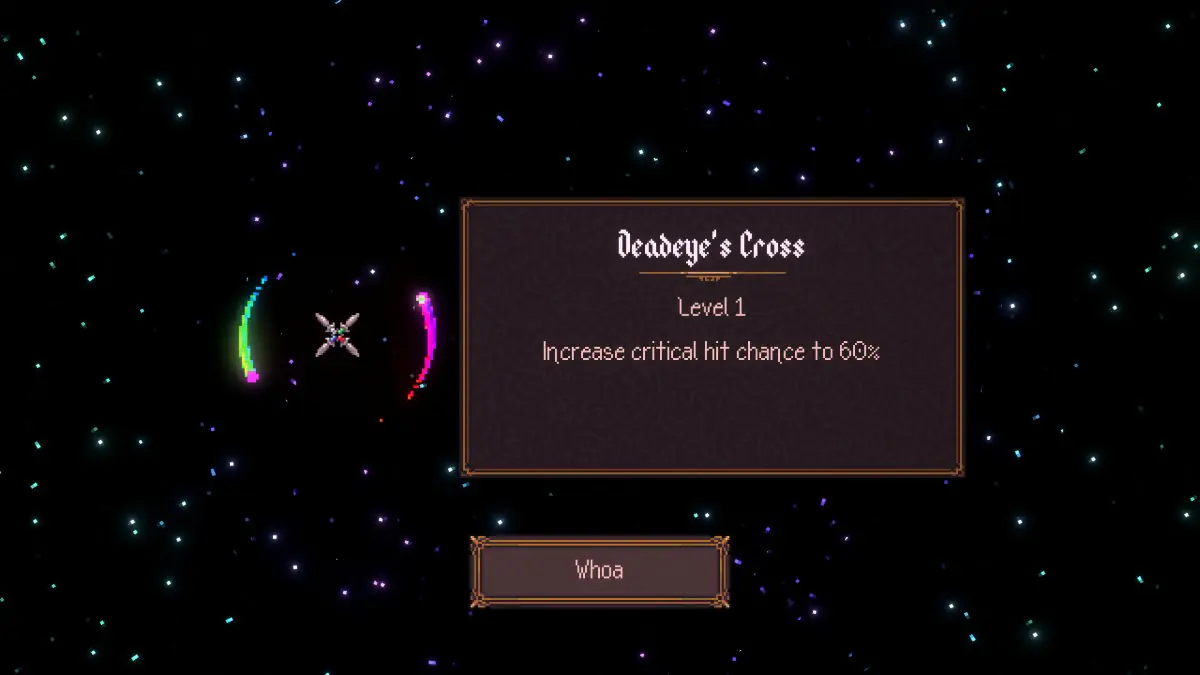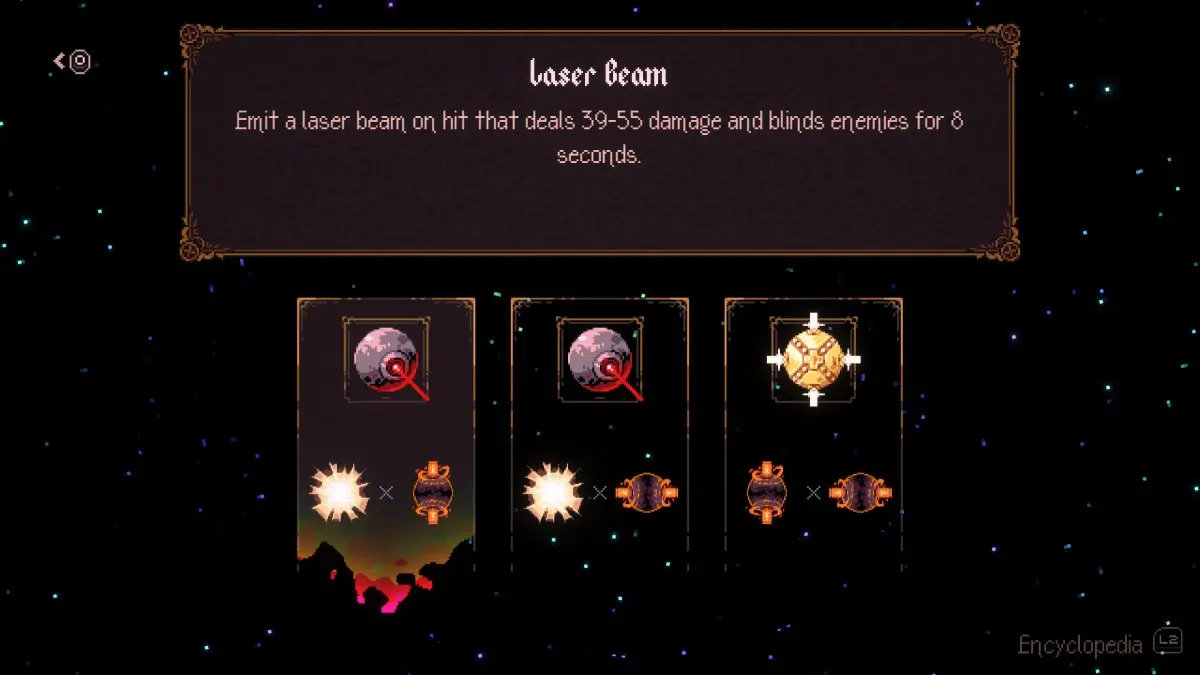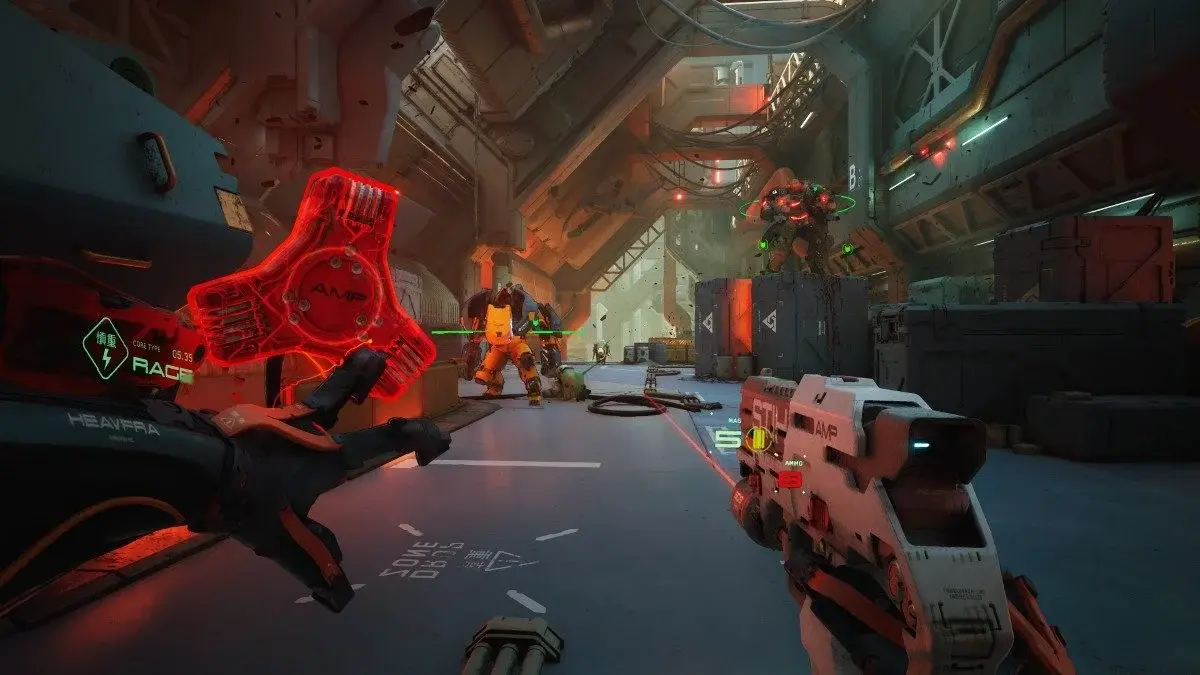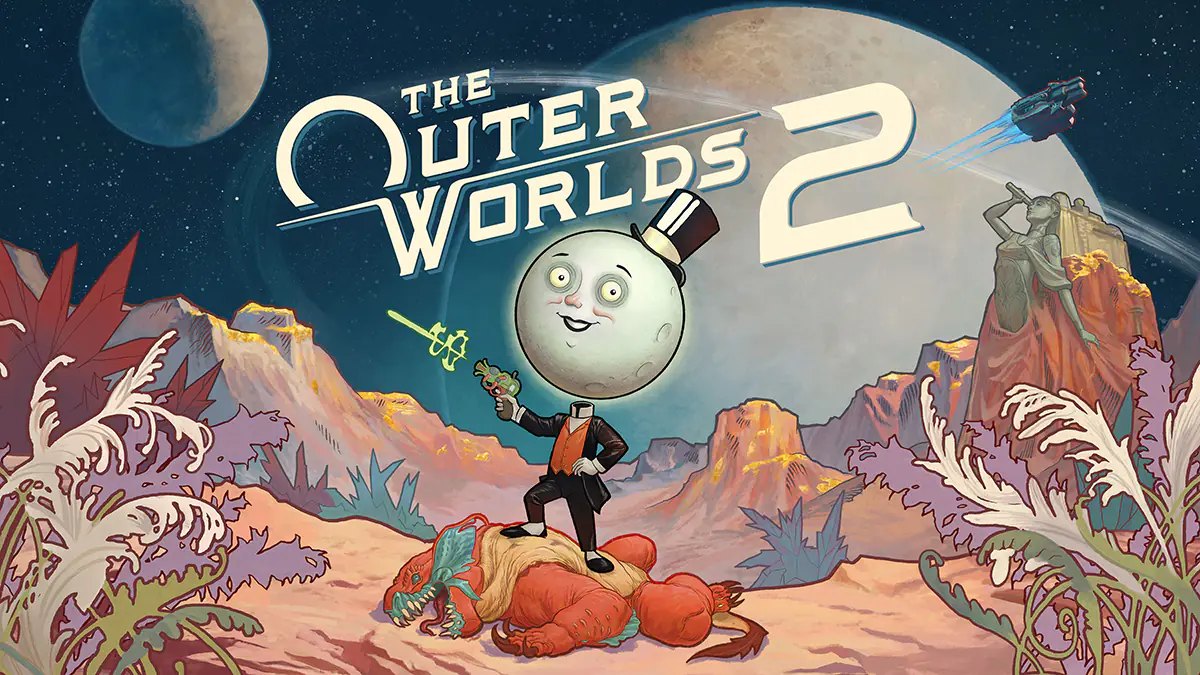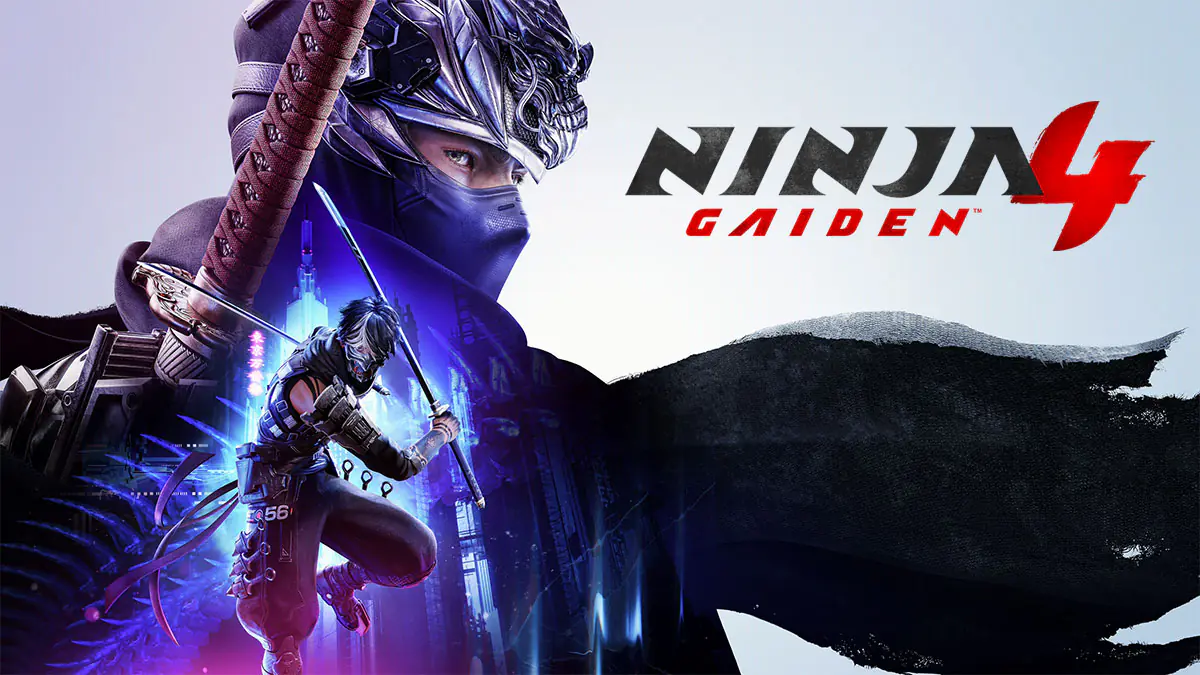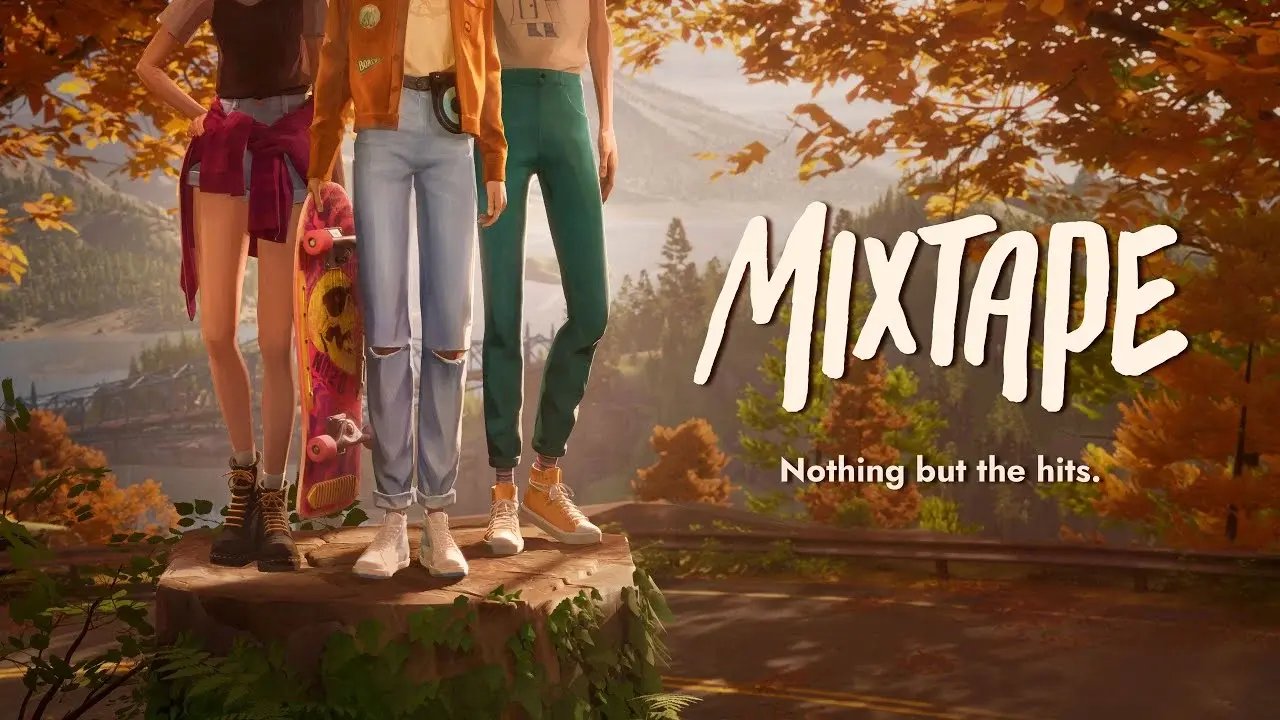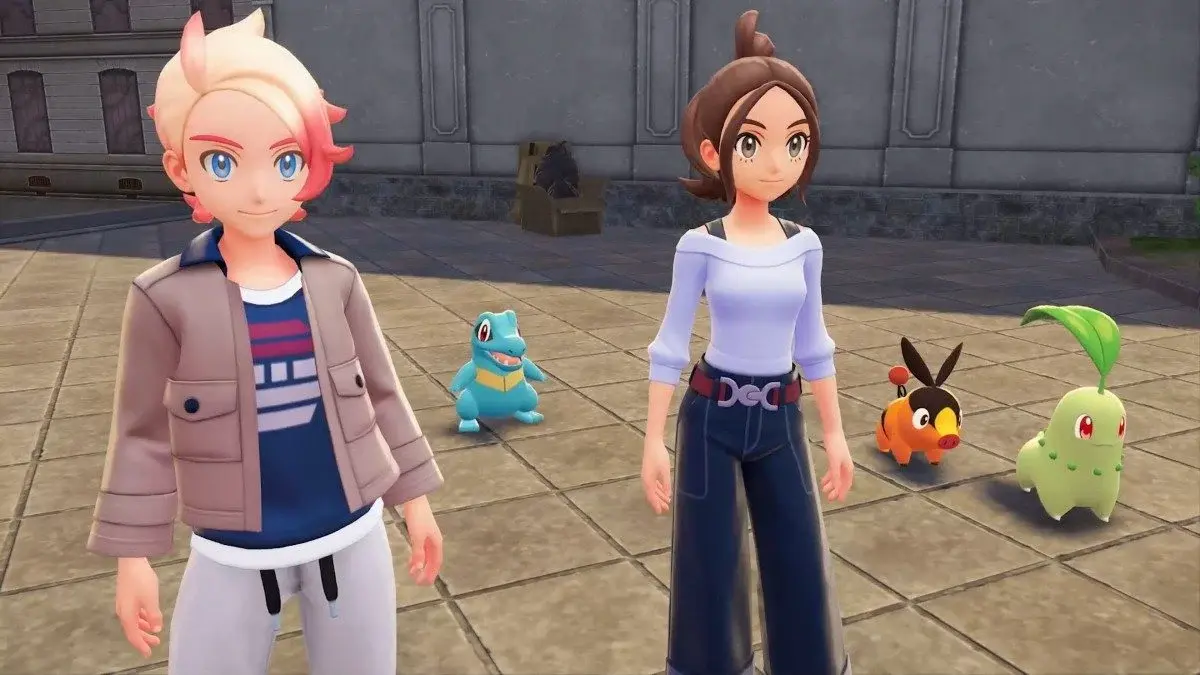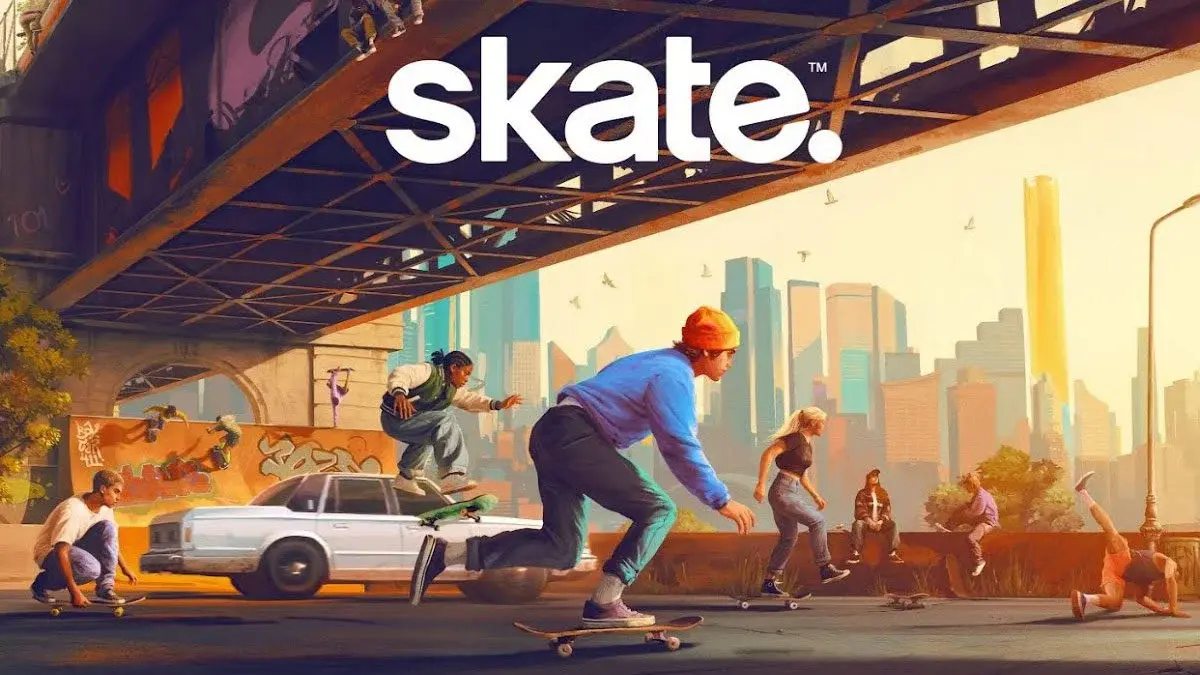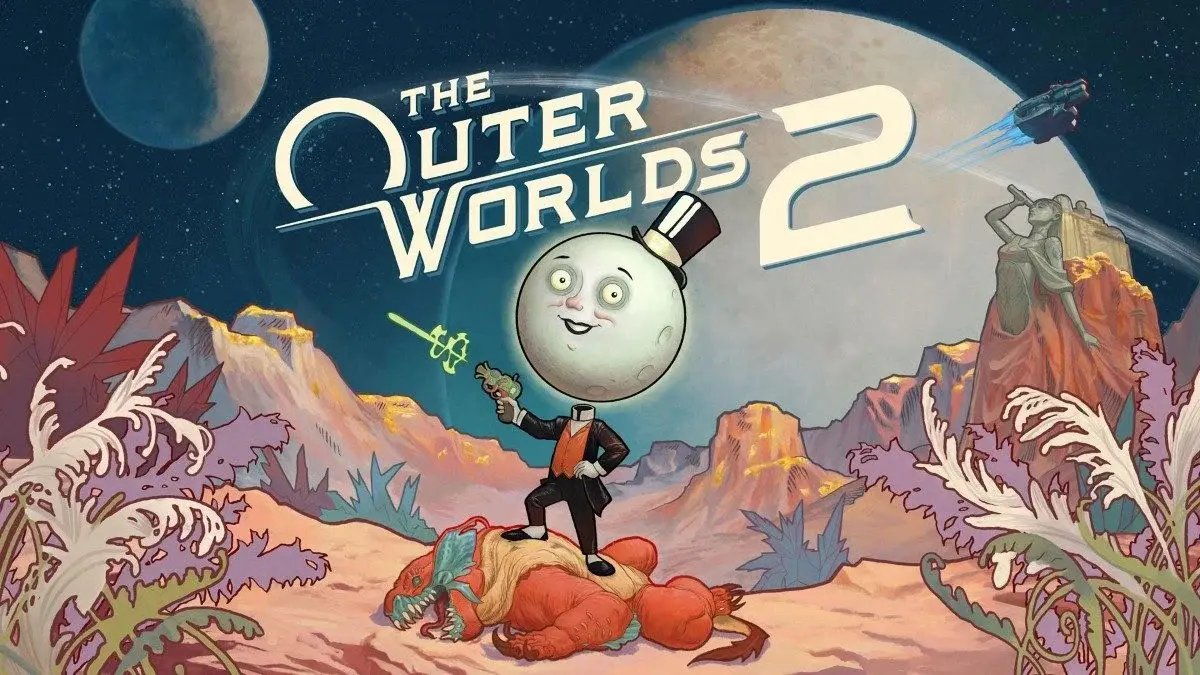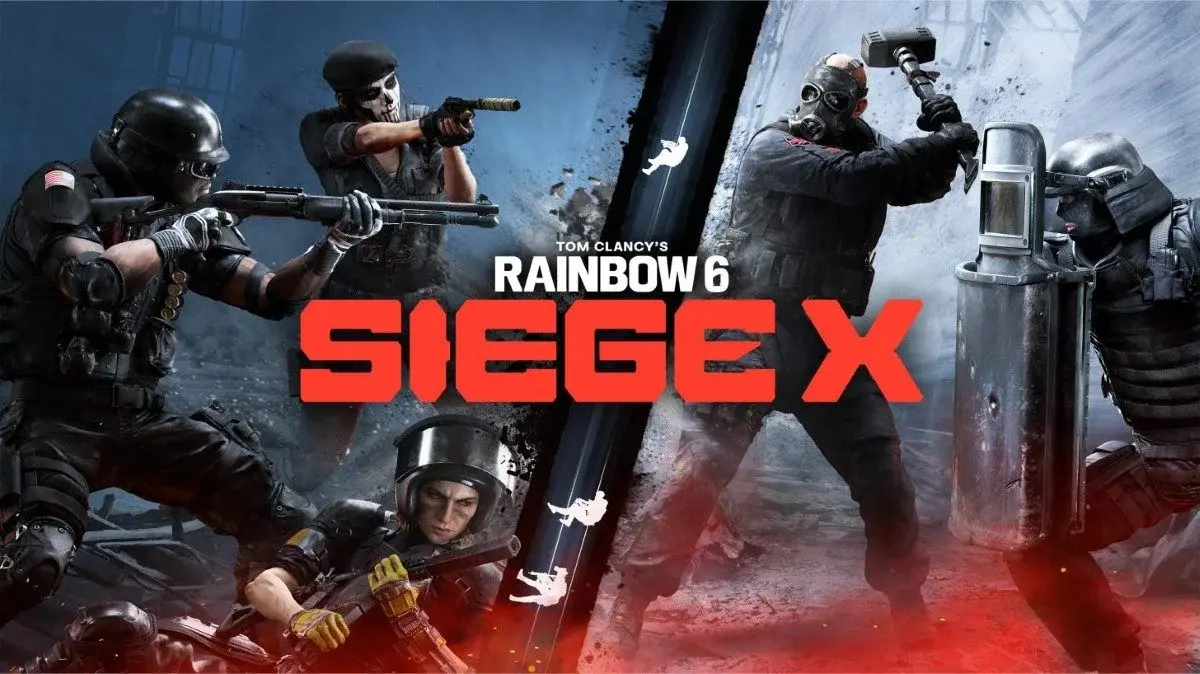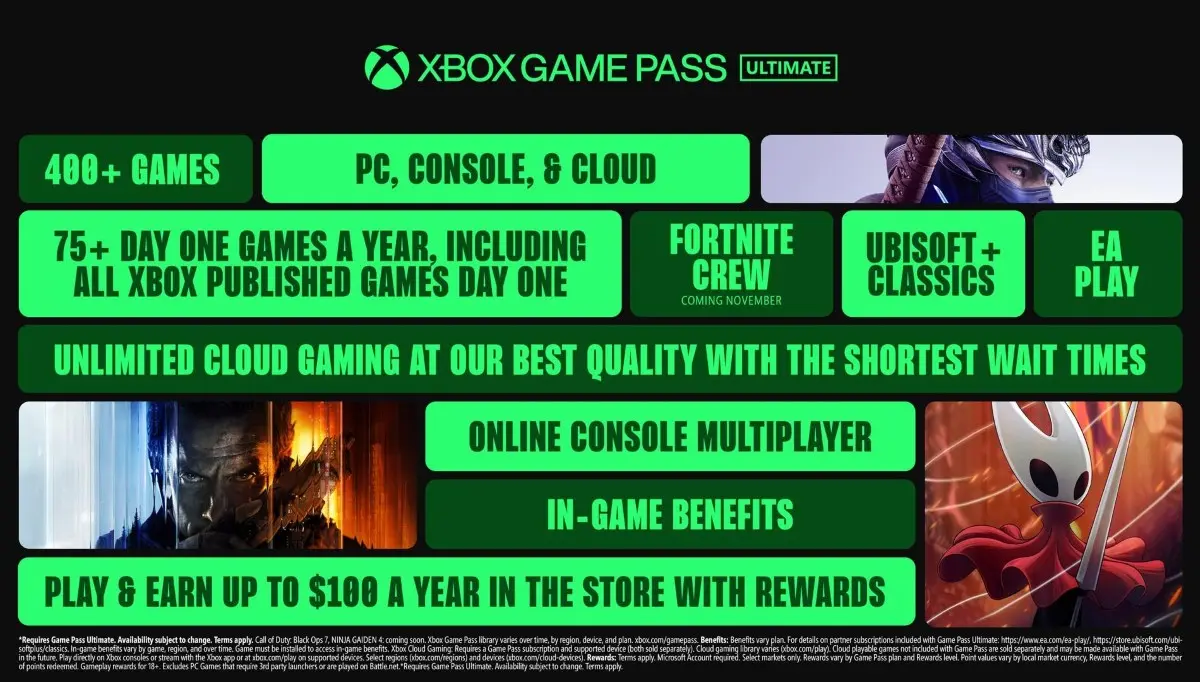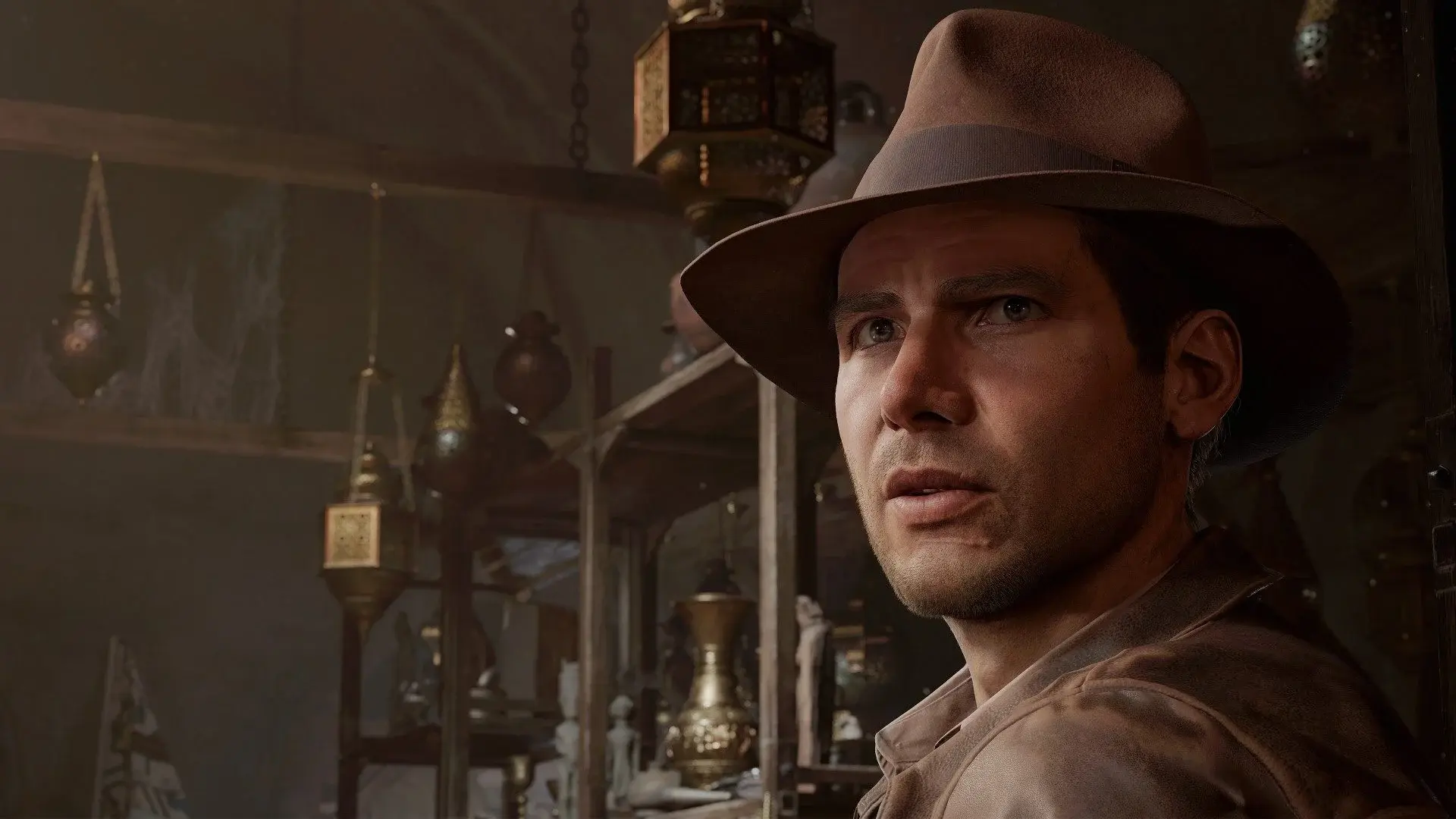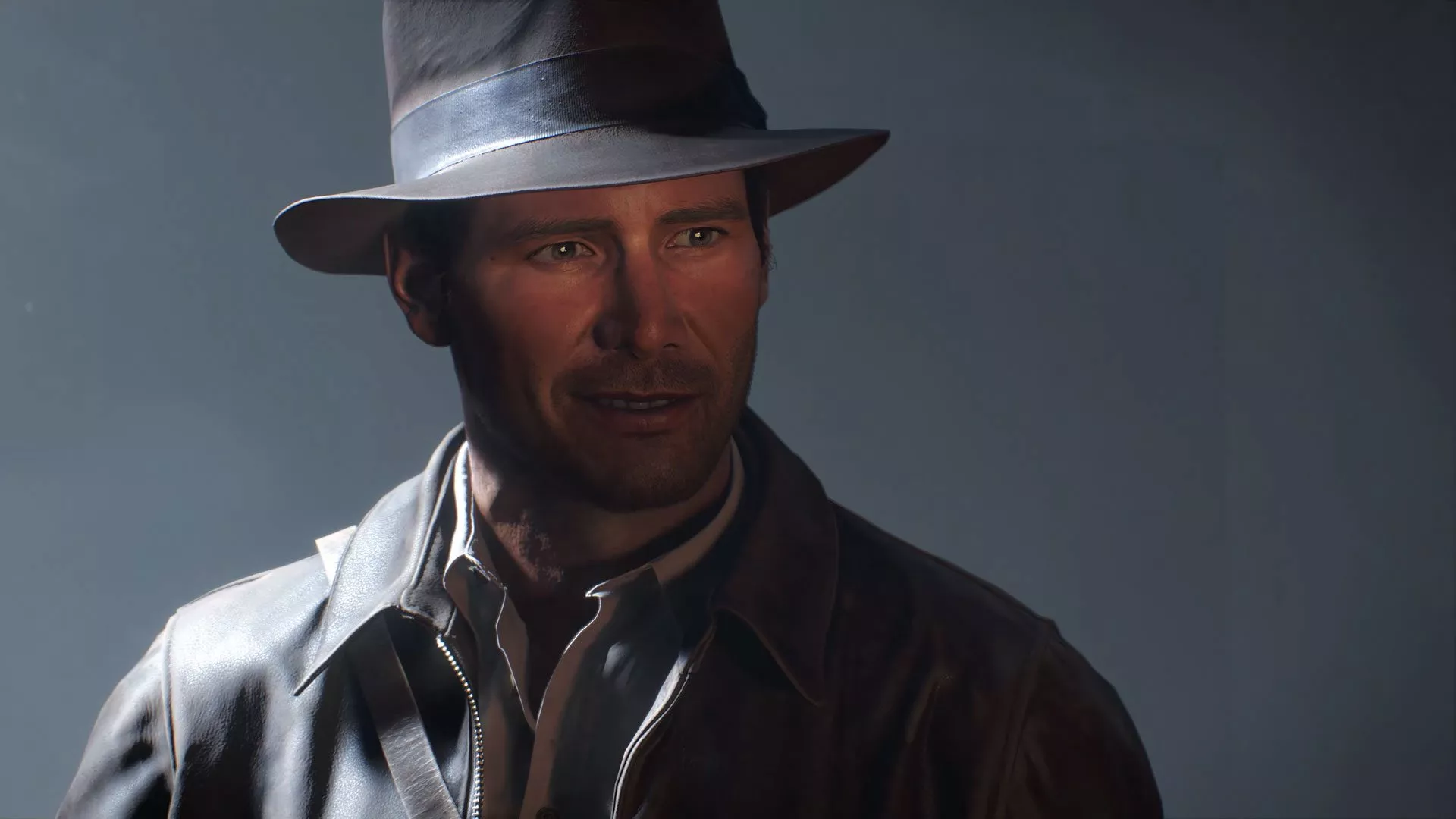Such fun.
Fresh off a hands-off preview of Indiana Jones and the Great Circle at Gamescom, Bethesda kindly invited us to go hands-on with its upcoming first-person adventure game. While I was lukewarm about the title after its Gamescom showing, three hours of gameplay has dramatically changed my opinion of it.
In my hands-off preview, I expressed some concerns about two main things: The Great Circle‘s first-person perspective, and combat I thought would be slow and cumbersome. I’m so pleased to say that both worries were unfounded.
To begin, Great Circle‘s first-person view not only makes sense for MachineGames — complete with a pedigree that contains the recent Wolfenstein franchise — but helps to nail the feeling of actually being the fabled adventurer. MachineGames does frequently switch to third-person for climbing or swinging, and also during cutscenes; this combination makes the experience feel like you’re watching a proper Indiana Jones feature film. This is especially true when the visuals are paired with the franchise’s familiar soundtrack.
“It’s what MachineGames does best; we make great first-person games,” lead game designer Zeke Virant told me. “We’ve been making first-person games since before MachineGames [as Starbreeze], with [The Chronicles of] Riddick and The Darkness, of course.
“It was just obvious to us that this was such an interesting, great way to experience Indiana Jones. To be him — to be able to pick up each piece and examine it in your hand, to be able to solve have puzzles — and have things be so much more personal.”
Virant also talked about MachineGames’ philosophy when it came to third-person segments found within The Great Circle.
“The third-person [view] — as you going to traversal, and also as we go into cinematic moments — we spent so much time getting that to feel right. The thing for us is that the player needs to anticipate that’s going to happen; it’s never a surprise,” he said. “Similarly, when you go into a cinematic, we don’t want you to just walk into it. We want you to be doing something and have it take over as a very natural transition.”
I was also wrong about combat, which I thought would feel like a boxing simulator. Instead, fights are fast and chaotic. Virant frequently called Indy “scrappy”, and that’s exactly how combat feels. A quick whip crack may knock a Nazi off balance, or fling the revolver from his hands. From there, you can grab whatever’s nearby — a shovel, a wrench, a broom, or even a handbell — and put the poor guy out of his misery. Most importantly, fighting is fun.
“There’s a gift to deciding what could be a weapon,” Virant said with a laugh, detailing the everyday tools that Indy can use to his advantage. “People would say, ‘this prop looks like I could hit somebody with it’ and so we’d make [it one]. The crutch was just supposed to be a piece of medical equipment, but then we started to lean more into a mentality where people would see it and be like, ‘ oh I have to use this!'”
The ability to go hands-on really opened up the sense of exploration on offer. I played in three main locations — a college, the Vatican, and Gizeh — and I spent most of my three allocated hours simply roaming the map on the hunt for side quests. They were plentiful, ranging from helping a doctor recover life-saving medicines from the Nazis for those truly in need, or figuring out how to solve a puzzle that opened a sealed sarcophagus.
While you can use your trusty camera to help with puzzle hints, I largely used it in a different manner. Indy’s progression systems depend on it; a photograph useful to an archaeologist will provide all-important Adventure Points. There are so many ways to earn said points — solving that sarcophagus puzzle also rewarded me with them. In turn, they’re spent on unlocking specific skills. Exploration is also needed there too — to unlock a skill, you’ll first need to find the Adventure Book that will teach it.
Hands down, my favourite of Indy’s skills provides a second chance; if you’re knocked out in a combat sequence, you’ll have a limited time to get up off the ground and find Indy’s trusty fedora. Track it down and put it back on, and Indy jumps back into the fight with a newfound second wind. Best yet, he also smirks in such a beautiful way that not only looks true-to-life but conveys incredible amounts of emotion.
While MachineGames doesn’t provide the option to respec points you’ve spent, that’s hardly going to be an issue — I found myself absolutely awash in points thanks to my curiousity.
A unique system of interactivity is always at play. As Indy starts on his adventure, this results in a requirement to pack a suitcase — and surprisingly, it works. Over in Gizeh, a simple lighter bought at a trader’s stall will not only light your way in dark tombs, but set fire to brush or twine that’s blocking your way.
What a difference some hands-on time makes. December can’t come soon enough; I’m now chomping at the bit to keep playing.
Indiana Jones and the Great Circle is planned for a 9 December 2024 release on Windows PC, Xbox Series S, and Xbox Series X. It’ll also be part of Xbox Game Pass Ultimate and PC Game Pass subscriptions.
 |
Indiana Jones and the Great Circle9 December 2024 (PC, Xbox); 17 April 2025 (PS5)PC PS5 Xbox Series S & X
|
This article may contain affiliate links, meaning we could earn a small commission if you click-through and make a purchase. Stevivor is an independent outlet and our journalism is in no way influenced by any advertiser or commercial initiative.

